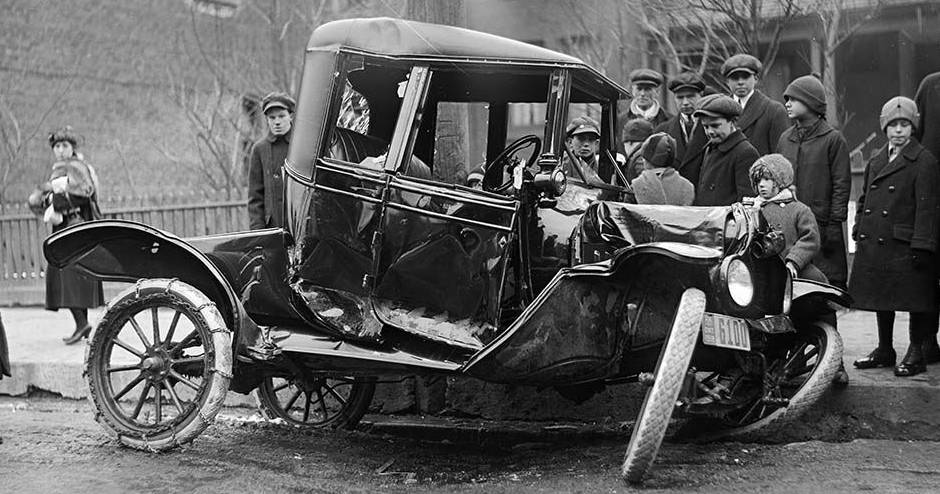SWITRS: Increase In Traffic Fatalities After COVID-19 Lock Down

California had its first case of COVID-19 on January 26, 2020. The Governor mandated a state-wide stay-at-home order on March 19, 2020. The morning and evening commutes stopped immediately. Traffic volume decreased by more than 50% and stayed low for weeks. Slowly the restrictions were relaxed and traffic returned, but has still not reached pre-pandemic levels.
The number of traffic collisions decreased as you would expect with the decreased volume but, surprisingly, the severity of the collisions increased. The rate of fatal accidents increased across the country. The National Highway Traffic Safety Administration attributes the increase to a change in behavior by drivers who stayed on the road: they drove more recklessly and wore their seatbelt less often.1
I can’t test that hypothesis with my SWITRS data—it does not include much information about driving behavior, only about collisions—but I can look at the fatality rate on California roads.
The code for this analysis can be found here (rendered on Github). The data is available on Kaggle or Zenodo. There is a hosted Kaggle Notebook version of this post as well to help you dive right in.
Data
I selected all collisions in the dataset between the start of 2019 and November 30th, 2020, including whether their was a fatality as a result of the collision, with this query:
SELECT collision_date
, 1 AS crashes
, IIF(collision_severity='fatal', 1, 0) AS fatalities
FROM collisions
WHERE collision_date IS NOT NULL
AND collision_date BETWEEN '2019-01-01' AND '2020-11-30'
I start the data in 2019 because I need a sample from before the pandemic changed behavior, but I didn’t want to go too far back because collision rates vary drastically year-to-year. I cut off the data in November because the reporting is not yet complete for December.
Fatality Rate
I calculate the weekly fatality rate. It is the number of traffic collisions that resulted in a fatality divided by the total number of collisions during the week. Here is what that rate looks like before and after the stay-at-home order:
You can see the fatality rate immediately jumps up to over 1% for the first time in our dataset, and then goes even higher in the coming weeks. It stays elevated for the entirety our data range.
Another way to look at this data is to plot of histogram of the rate before and after the stay-at-home order. Here it is:
The weeks with the highest fatality rate before the pandemic are between 0.8% and 1%. These overlap with the lowest fatality rate weeks after the stay-at-home order. These are clearly different distributions, but we can quantify that difference with a Mann–Whitney U test.
The Mann–Whitney test compares the probability that a value randomly drawn from the first distribution is larger than one randomly drawn from the second distribution, with a correction for ties. If this probability is not 50% (as it would be if they were the same) then the distributions must be different. The test is nonparametric and only assumes that the observations are independent, that they are orderable, that under the null hypothesis the distributions are equal, and under the alternative hypothesis the distributions are different.
The test confirms our eye test with a p-value of 3.6e-14. These distributions are significantly different, meaning that the California stay-at-home order increased the traffic fatality rate.
-
Specifically:
NHTSA’s research suggests that throughout the national public health emergency and associated lockdowns, driving patterns and behaviors changed significantly, and that drivers who remained on the roads engaged in more risky behavior, including speeding, failing to wear seat belts, and driving under the influence of drugs or alcohol. Traffic data indicates that average speeds increased throughout the year, and examples of extreme speeds became more common, while the evidence also shows that fewer people involved in crashes used their seat belts.
National Highway Traffic Safety Administration. 2020 Fatality Data Show Increased Traffic Fatalities During Pandemic. June 3, 2021. ↩